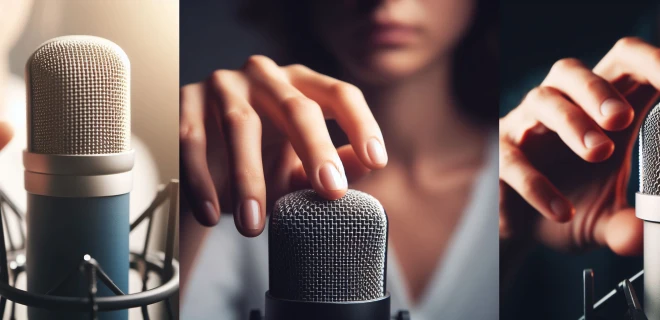In the realm of advertising, capturing the attention and interest of the audience is paramount. One of the key elements that significantly influences the impact of an advertisement is the voice. The voice in an advertising film can make or break the message it intends to convey. In this article, we will explore the art of crafting an effective voice in advertising films, ensuring that your message is not only heard but resonates with the audience.
Understanding the Importance of Voice in Advertising
The role of the voice in an advertising film is akin to the role of a storyteller. It narrates the brand's story, conveys its message, and evokes emotions. The tone, pitch, and style of the voice can drastically alter the way the audience perceives the advertisement. Hence, selecting the right voice and molding it effectively is crucial.
1. Identifying the Target Audience
Before selecting a voice, it's essential to understand the target audience. Different demographics respond differently to various voices. Analyzing the audience's age, gender, preferences, and cultural background helps in tailoring the voice to resonate with them.
2. Defining the Brand Persona
The voice should align with the brand's persona. Is the brand friendly and approachable, or serious and professional? Defining the brand's personality assists in choosing a voice that complements and enhances the brand image.
3. Tailoring the Script
Crafting a compelling script is vital for an effective voiceover. The script should not only convey the message but also guide the voice artist on the intended tone, emphasis, and pauses. It should reflect the brand's identity and the emotions to be conveyed.
4. Selecting the Right Voice Artist
Choosing the appropriate voice artist is a critical step. Factors such as vocal range, articulation, and experience should be considered. It's essential to conduct auditions or listen to samples to ensure the voice artist aligns with the brand's requirements.
5. Directing the Voiceover Session
During the recording session, the director plays a vital role. Providing clear instructions, feedback, and allowing room for creativity can enhance the quality of the voiceover. It's crucial to guide the artist to deliver the desired emotions and expressions.
6. Editing and Fine-Tuning
Once the voiceover is recorded, the final step involves editing and fine-tuning. Adjustments in pacing, volume, and minor enhancements can be made to achieve the perfect harmony between the visuals and the voice.
Conclusion
Creating an effective voice in an advertising film requires a meticulous approach. Understanding the target audience, defining the brand persona, tailoring the script, selecting the right voice artist, directing the session, and meticulous editing are all vital components. A well-crafted voice can elevate the impact of an advertisement and leave a lasting impression on the audience.
FAQs
1. Can I change the voice artist after the script is prepared?
Yes, you can make adjustments and choose a different voice artist if needed before the recording session.
2. Is it better to have a single voice artist for all our advertisements?
Not necessarily. The choice of voice artist can vary based on the advertisement's theme, target audience, and brand image.
3. How can I ensure the voice artist captures the intended emotions?
Clear communication and providing context and direction during the recording session are key to achieving the desired emotional delivery.
4. Should the voiceover exactly match the visuals?
The voiceover should complement the visuals and enhance the message, but it doesn't always have to match word for word.
5. Can I use a well-known celebrity's voice for my advertisement?
Using a celebrity's voice can be impactful, but it should align with your brand and resonate with your target audience.










